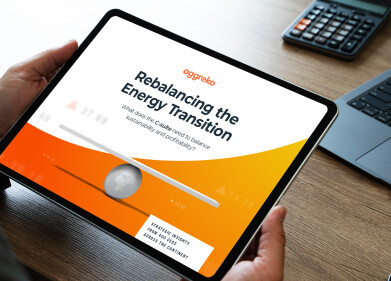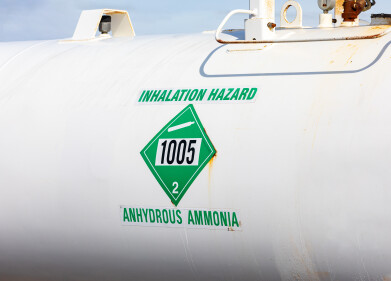Fuel for thought
How Has Petroleomics Changed Over Time?
Oct 18 2021
Using state-of-the-art instruments and advanced techniques, scientists can isolate, identify and quantify thousands of unique components found in crude oil. This art of fingerprinting petroleum at the molecular level is known as petroleomics and is widely used across the industry.
The field has come a long way since scientists John Bennett Fenn and Dongliang Zhan first utilised electrospray ionisation (ESI) as a tool for petroleum analysis in 2000. Read on to find out more about how petroleomics has changed over time and what’s next for the highly specialised field.
An unprecedented level of molecular detail
In the early days of petroleomics, data was collected using low-resolution mass spectrometry (MS). In 2008, American analytical chemist Alan G. Marshall and his Canadian colleague Melvin B. Comisarow built on the work of Fenn and Zhan and coupled ESI with a high-resolution technique called Fourier transform ion cyclotron resonance (FT-ICR) mass spectrometry. This powerful combination redefined the capabilities of petroleomics and unlocked an unprecedented level of molecular detail.
Petroleomics takes to the skies as a tool for jet fuel analysis
In 2017, a team of scientists authored a detailed report exploring the use of phenol-selective mass spectrometry to analyse jet fuel. The findings were published in The Analyst, a peer-reviewed scientific journal run by the Royal Society of Chemistry. Using electrospray ionisation mass spectrometry, the team observed the reactions of bromobenzyl compounds and phenol aromatic organic compounds to reveal jet fuel impurities.
“The complex matrix as revealed by Cold EI GC/MS analysis is reduced to a few simple sets of compounds in the charge-tagged ESI mass spectrum, primarily substituted phenols and thiols,” reads the report. “Examination of jet fuels treated by different refinery methods reveals the efficacy of these approaches in removing these contaminants.”
Improving efficiency and safety with new technologies
In 2019 advanced chromatographic and MS techniques were used to explore an enzymatic process called biosouring, which occurs in crude oil reservoirs. It can compromise both industrial efficiency and the safety of personnel. Techniques include gas chromatography coupled with variable ionisation time-of-flight-mass spectrometry (GC-Select-eV-TOF-MS) and multi-dimensional gas chromatography paired with vacuum ultraviolet ionisation and time-of-flight mass spectrometry (GCxGC-VUV-TOF).
A new era of petroleomics with FT-ICR MS
Scientists are continuing to build on previous research, with a 2021 report published in the journal Energy & Fuels spotlighting some of the most recent developments in FT-ICR MS. “The combination of electrospray ionisation with FT-ICR MS achieves direct analysis of polar compounds in petroleum even if they are in trace amounts in the complex matrix,” reads the report titled ‘Molecular Characterisation of Fossil and Alternative Fuels Using Electrospray Ionisation Fourier Transform Ion Cyclotron Resonance Mass Spectrometry: Recent Advances and Perspectives’.
To find out more about what’s on the horizon for petroleomics, don’t miss the upcoming PEFTEC conference scheduled for November 24 & 25.
Digital Edition
PIN 25.5 Oct/Nov 2024
November 2024
Analytical Instrumentation - Picturing Viscosity – How Can a Viscometer or a Rheometer Benefit You? - Sustainable Grease Formulations: Evaluating Key Performance Parameters and Testing Method...
View all digital editions
Events
Jan 20 2025 San Diego, CA, USA
Jan 22 2025 Tokyo, Japan
Jan 25 2025 San Diego, CA, USA
SPE Hydraulic Fracturing Technology Conference and Exhibition
Feb 04 2025 The Woodlands, TX, USA
Feb 05 2025 Guangzhou, China



















